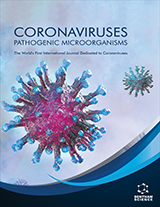Abstract
Bacterial infections can be localized to joints and brain causing septic arthritis and meningitis. Despite early and adequate antibiotic treatment, bacterial meningitis and arthritis remain an infection with a high mortality rate and severe sequelae. Bacterial DNA has recently been shown to exert immunostimulatory effects on leukocytes. We speculate that bacterial DNA may be involved in the process of bacterial arthritis and meningitis. We found that bacterial DNA and oligonucleotides containing unmethylated CpG motifs induce arthritis and meningitis by intraarticular or intracisternal inoculation. Arthritis and meningitis induced by bacterial DNA were characterized by an influx of monocytic, Mac-1+ cells and by a lack of T cells. Macrophages and their products such as tumor necrosis factor (TNF) alpha are essential for development of arthritis and meningitis triggered by bacterial DNA containing CpG motifs. In contrast, neutrophils, NK cells, and T/B cells were not important in arthritis and meningitis triggered by bacterial DNA. CpG ODN is also found to reverse Th-2 dominant allergic diseases. This review discusses that the role and mechanism of bacterial DNA in inflammatory diseases and allergic disease. In this review patented strategies are also discussed.
Keywords: Arthritis, meningitis, allergy, CpG DNA
 9
9

















